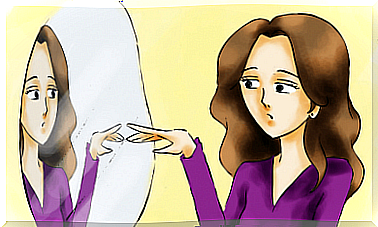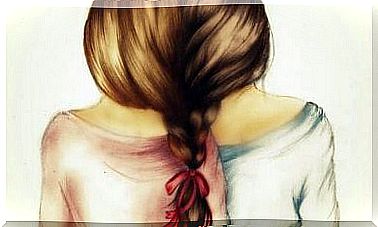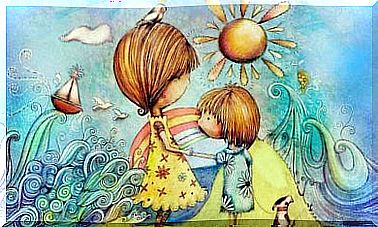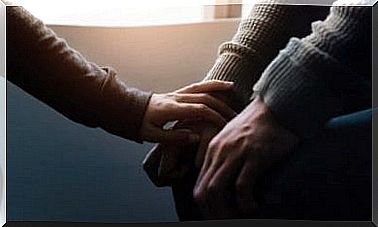Changing Personality, Disorder Or Superpower?

Writing about personality disorders is not easy. Literature and cinema have magnified or minimized the characteristic symptoms of each of them. Language and everyday communication have not helped either. For example, the phrase ” I don’t understand you, you have a double personality .” All this contributes to the confusion regarding the reality of the problem.
Another example of the confusion that cinema can generate is director M. Night Shyamalan’s film “Multiple” (Split). It tells of the kidnapping of some young women by a person with twenty-three different personalities. Personally, I think that you have to let yourself be wrapped up and accept the premises that are presented to us to enjoy the film. However, outside the room there is some confusion with the disorder and even with the language that is used to talk about it.
Multiple Personality Disorder: Fact or Fiction?
The multiple personality disorder, also known as dissociative identity disorder, is characterized in that the diagnosed person has two or more personalities, each with its own characteristics. It is accompanied by an inability to remember important personal information (beyond natural forgetfulness). That is, when one personality acts, the other does not remember anything, since it is not present at that moment. Also, at least two of those identities repeatedly control the person.
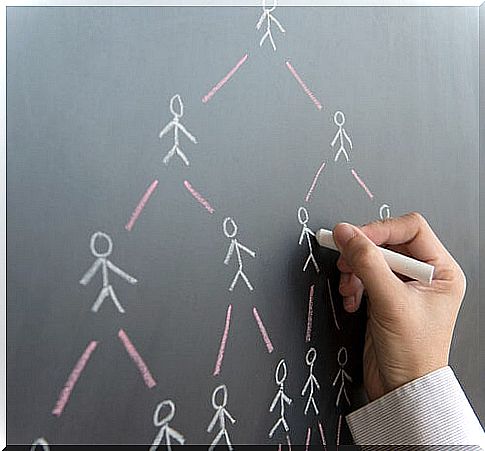
On the other hand, the existence of the disorder itself is not entirely accepted by some scholars. The fine line of diagnosis largely depends on which side of the Atlantic Ocean we document ourselves on. While many North American researchers defend its existence, in Europe there are many voices that call it an “invention”.
The controversy stems from a book published by Flora Rheta Schreiber called “Sybil” in the 1970s. The text recounted the case of a woman with sixteen different personalities and her therapeutic process. Four years later he made a movie about the book and the consequences were immediate.
There are detractors of multiple personality disorder
After going on the market, diagnosed cases increased exponentially. So much noise around him attracted the debate, which is still ongoing. Some psychiatrists such as Dr. Numan Gharaibeh, maintained the hope that the new version of the DSM (DSM-V) would not include this disorder, considering that there is insufficient scientific evidence to support their diagnosis.
Despite the little real presence in the consultations, there are evaluations that have ended with diagnosis and treatments for it. One of them is individual therapy with each of the personalities as shown in the film. Regardless of the label, these people tend to suffer other types of mental disorders such as depression, anxiety, sleep problems or eating disorders that must also be treated.
The “double personality” error
There is a general tendency to confuse personality with roles. Can a person who behaves in a demanding and serious way with his family be someone who is open and flexible with friends? The truth is that yes. Outside of specialist consultations, labels such as “bipolarity” or double personality are also used or posted and there are even people who hang them on themselves as a joke: “I’m bipolar today”, “I have a double personality, because when I get home I transform ”.
Think that, within the most absolute normality, each one of us enhances different personal characteristics according to the context and social environment. What in an extreme way is considered a mental health problem, in a moderate way is a high capacity to adapt to the environment. However, this does not mean that the personality changes. We build roles based on our personality characteristics.
Roles and people
If a child always manifests crying and tantrums in uncomfortable situations, it is most likely that that person will maintain that way of being throughout his life. You may be able to modulate it in adulthood. However, when he reaches old age he will surely show that type of behavior again. What we label as “split personality” actually means that we have seen that person in two different roles. The role of father is not the same as that of friend. The role of son than that of student.
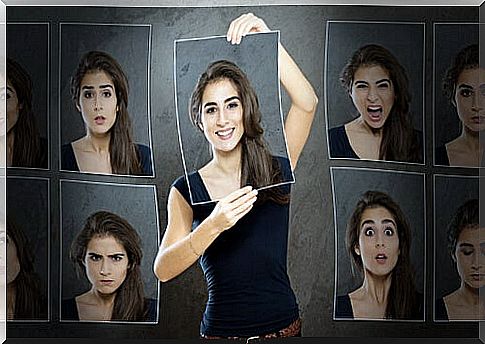
Depending on the environment and the objective we have, we will display some qualities and others. .. and not only that, but the language, the mimicry and the emotions will be completely different. All of this is part of our personality: the basis of our way of behaving, feeling and projecting.
You can be a reserved person and have a certain popularity at work because of your ability to speak. This is not related to split personality. The stimuli that we have around us, the intention, the social relationships and even the motivations unconsciously direct our reactions. Developing different roles while maintaining coherence with our personal values is more of a super-power than something pathological or unhealthy.
Multiple personality disorder, or when reality is stranger than fiction
In conclusion, multiple personality disorder seems rare in clinical settings. However, it is very popular among the common people thanks to the competition of literature and cinema. It is defined in the main diagnostic classifications (ICD-10, DSM-5) as the alteration of the integrative functions of consciousness, memory and identity.
It seems to begin in childhood to manifest itself a few years later, being diagnosed more in women than in men. The latest theoretical positions regarding this disorder relate it to trauma, suggestibility, and post-traumatic stress disorder. Reasons, sometimes remote, to those exposed in the cinema and magazines. García-Cortés, A., Pérez-Fernández, F., Corbí-Gran, B., & Martín-Moreno-Blasco, C. (2017)
